Impact of Design Movements on Antique Hardware Styles
Antique hardware serves as more than just functional pieces within the realm of interior design; they embody a rich tapestry of historical and cultural influences. Over the centuries, various design movements have shaped the aesthetics of hardware pieces, reflecting the prevailing philosophies, artistic trends, and societal values of their respective eras. From the intricate ornamentation of the Victorian era to the streamlined simplicity of the Bauhaus movement, each design movement has left an indelible mark on antique hardware styles. In this comprehensive exploration, we delve into the fascinating interplay between design movements and antique hardware, tracing their evolution and enduring influence.

The Victorian Era: Ornate Opulence
The Victorian era, spanning from the mid-19th to the early 20th century, was characterized by a fascination with ornamentation and romanticism. This sentiment was reflected in the design of hardware pieces, which were often embellished with intricate motifs, elaborate scrollwork, and floral patterns.
Brass was a favored material, with its warm, lustrous hue complementing the opulent interiors of the period. Drawer pulls, door handles, and hinges were transformed into miniature works of art, showcasing the craftsmanship and attention to detail that defined the Victorian aesthetic. Even utilitarian objects like keys and locks were adorned with decorative flourishes, serving as status symbols within the home.

Art Nouveau: Organic Forms and Whimsical Flourishes
Emerging at the turn of the 20th century, Art Nouveau rejected the rigid formalism of the Victorian era in favor of organic shapes, flowing lines, and asymmetrical compositions. Hardware designs during this period echoed the movement's emphasis on natural forms, with motifs inspired by plants, animals, and the human figure.
Brass remained a popular material, but it was often treated with patinas or enamels to achieve a more muted, earthy palette. Door knockers resembled sinuous vines, while cabinet handles took on the curvilinear elegance of flower petals. Art Nouveau hardware celebrated the beauty of imperfection, embracing asymmetry and fluidity in its design language.

Arts and Crafts Movement: Handcrafted Simplicity
Reacting against the mass production and industrialization of the late 19th century, the Arts and Crafts movement championed traditional craftsmanship and the value of handmade objects. Hardware pieces from this period were characterized by their simplicity, honesty of materials, and emphasis on function over ornamentation.
Iron, with its rugged texture and durability, became a favored material among Arts and Crafts artisans. Drawer pulls and hinges featured clean lines and geometric shapes, often hammered or wrought by hand to impart a sense of authenticity and individuality. The Arts and Crafts aesthetic celebrated the beauty of utility, rejecting excessive embellishment in favor of honest craftsmanship.

Art Deco: Streamlined Sophistication
The interwar period saw the rise of Art Deco, a glamorous and cosmopolitan design movement characterized by its emphasis on luxury, glamour, and modernity. Hardware designs during this era embraced sleek geometric forms, bold colors, and luxurious materials such as chrome, glass, and Bakelite. Door handles and cabinet pulls took on geometric shapes inspired by skyscrapers and machinery, reflecting the era's fascination with progress and technology. Art Deco hardware exuded an air of sophistication and opulence, embodying the spirit of the Jazz Age and the excitement of urban life.

Bauhaus: Form Follows Function
Founded in Germany in 1919, the Bauhaus school of design revolutionized the way we think about art, architecture, and everyday objects. Rejecting ornamentation in favor of simplicity and functionality, Bauhaus design emphasized clean lines, geometric shapes, and the use of industrial materials.
Hardware pieces inspired by the Bauhaus movement were characterized by their minimalist aesthetic and emphasis on utility. Door handles and knobs featured simple, geometric forms, often crafted from materials such as steel, aluminum, and glass. Bauhaus hardware embraced the principles of form follows function, prioritizing practicality and efficiency without sacrificing elegance or style.

Throughout history, design movements have played a pivotal role in shaping the aesthetics of antique hardware styles. From the ornate opulence of the Victorian era to the streamlined sophistication of Art Deco, each movement has left its distinctive imprint on hardware design, reflecting the prevailing tastes, values, and ideologies of its time. Whether adorned with intricate scrollwork or characterized by clean lines and geometric forms, antique hardware pieces serve as tangible artifacts of human creativity and ingenuity, bridging the gap between past and present, and continuing to inspire and delight generations to come.





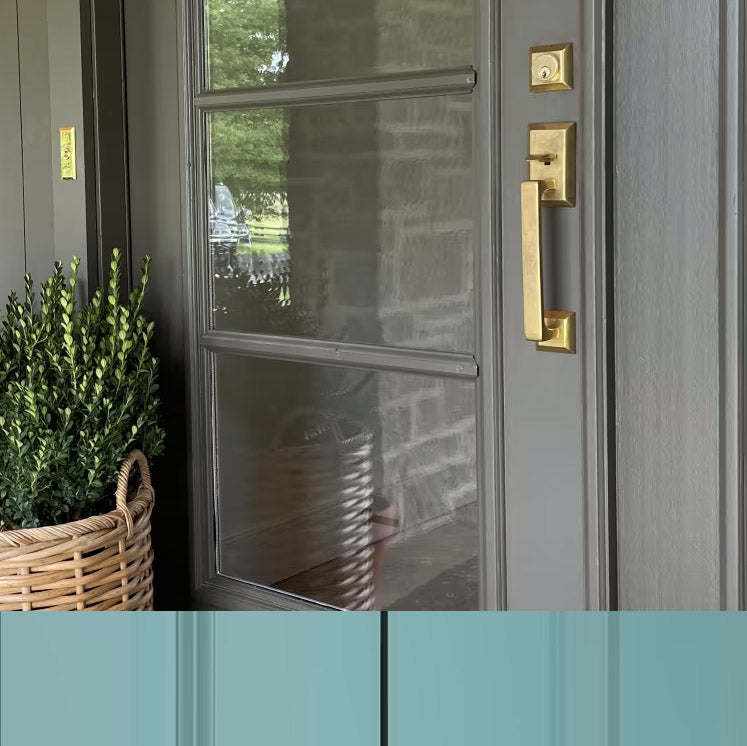
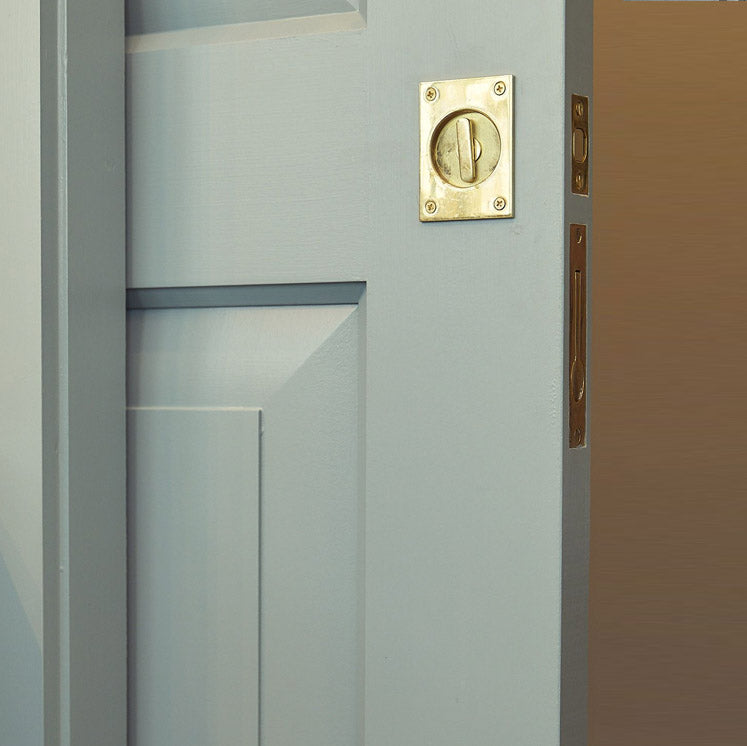

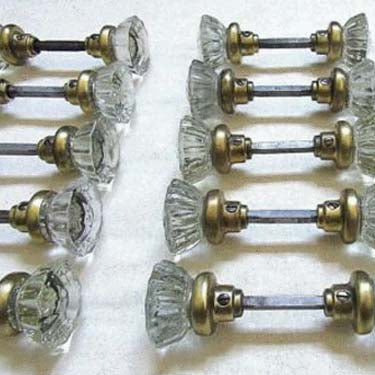

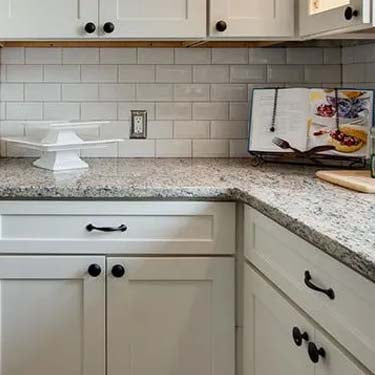
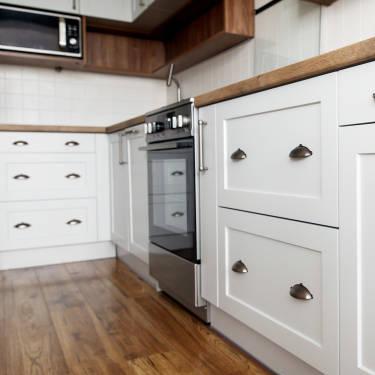
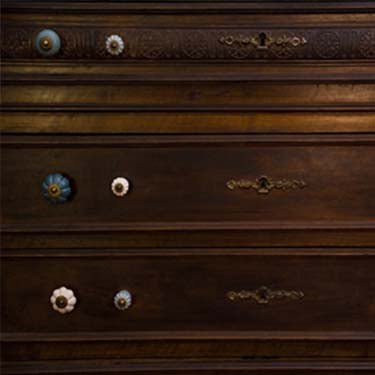

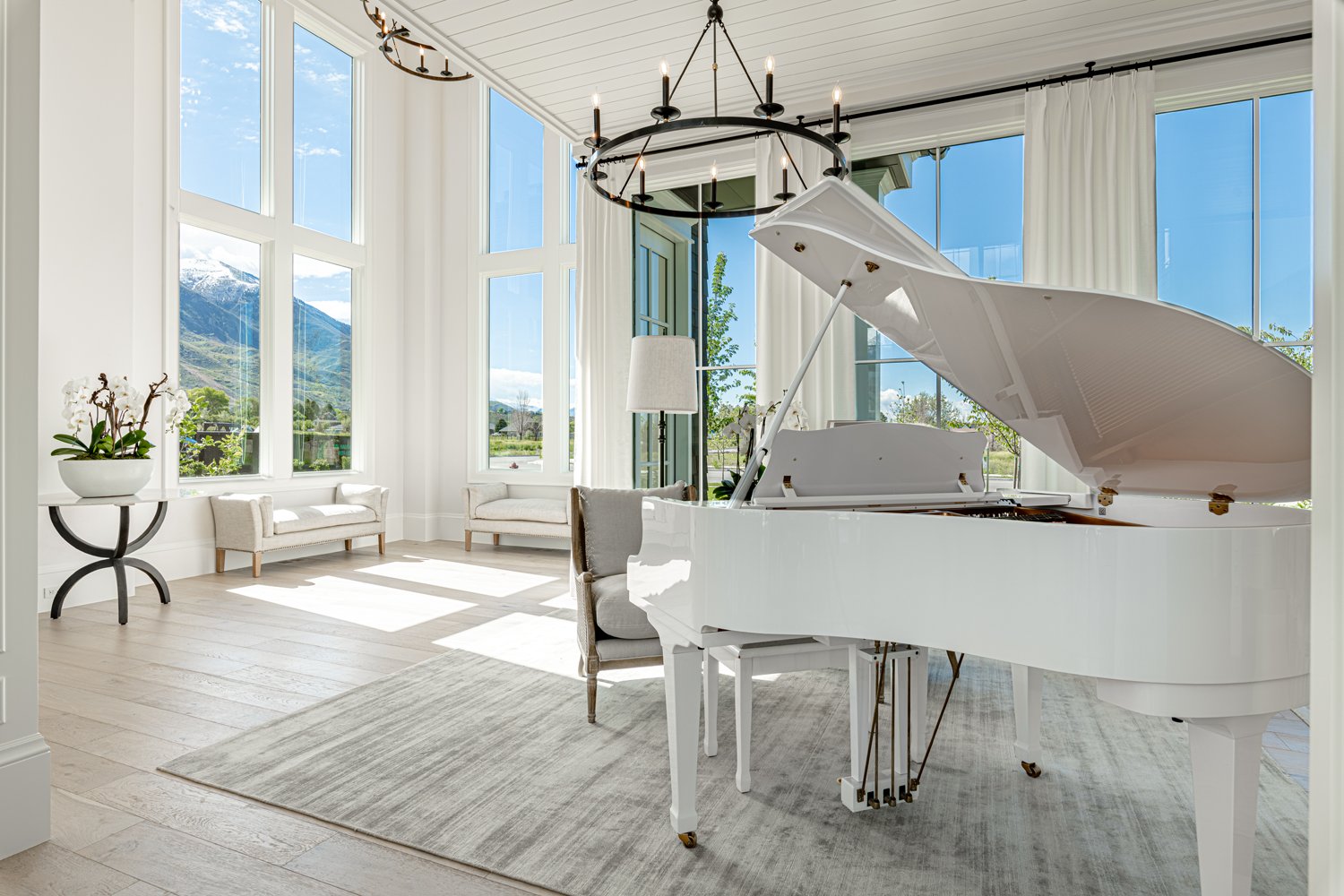
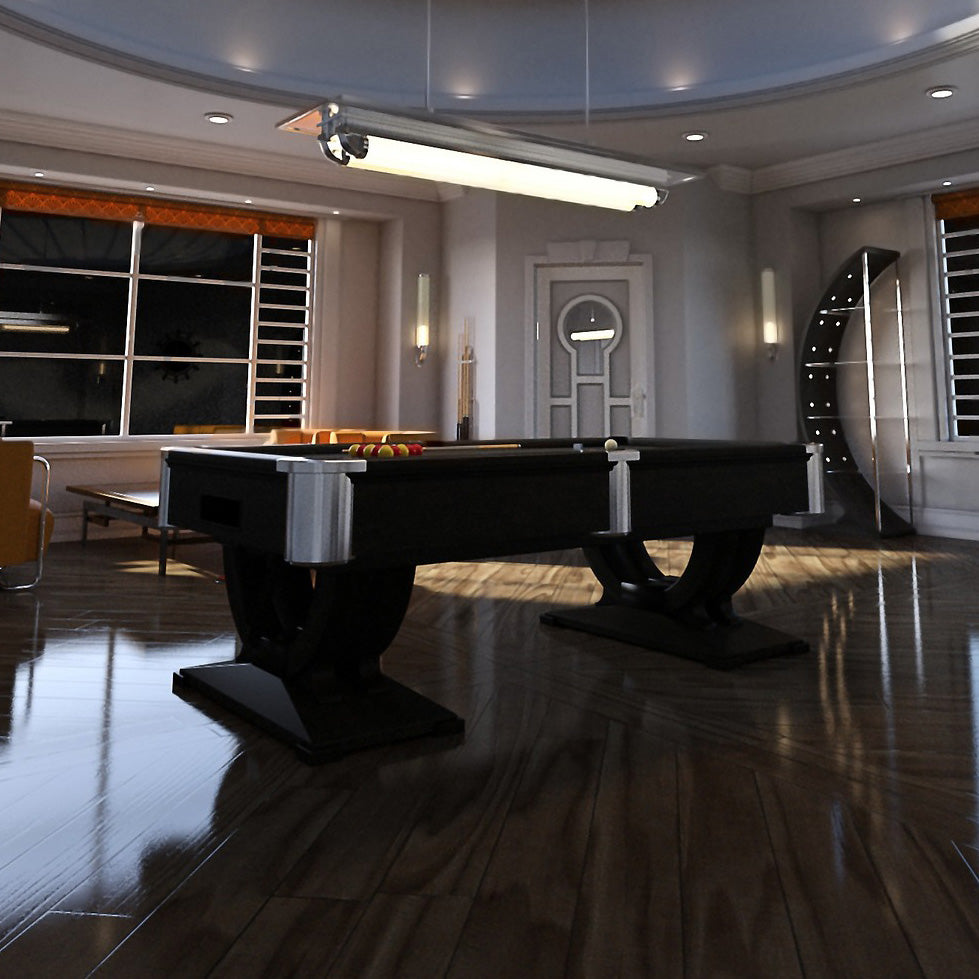

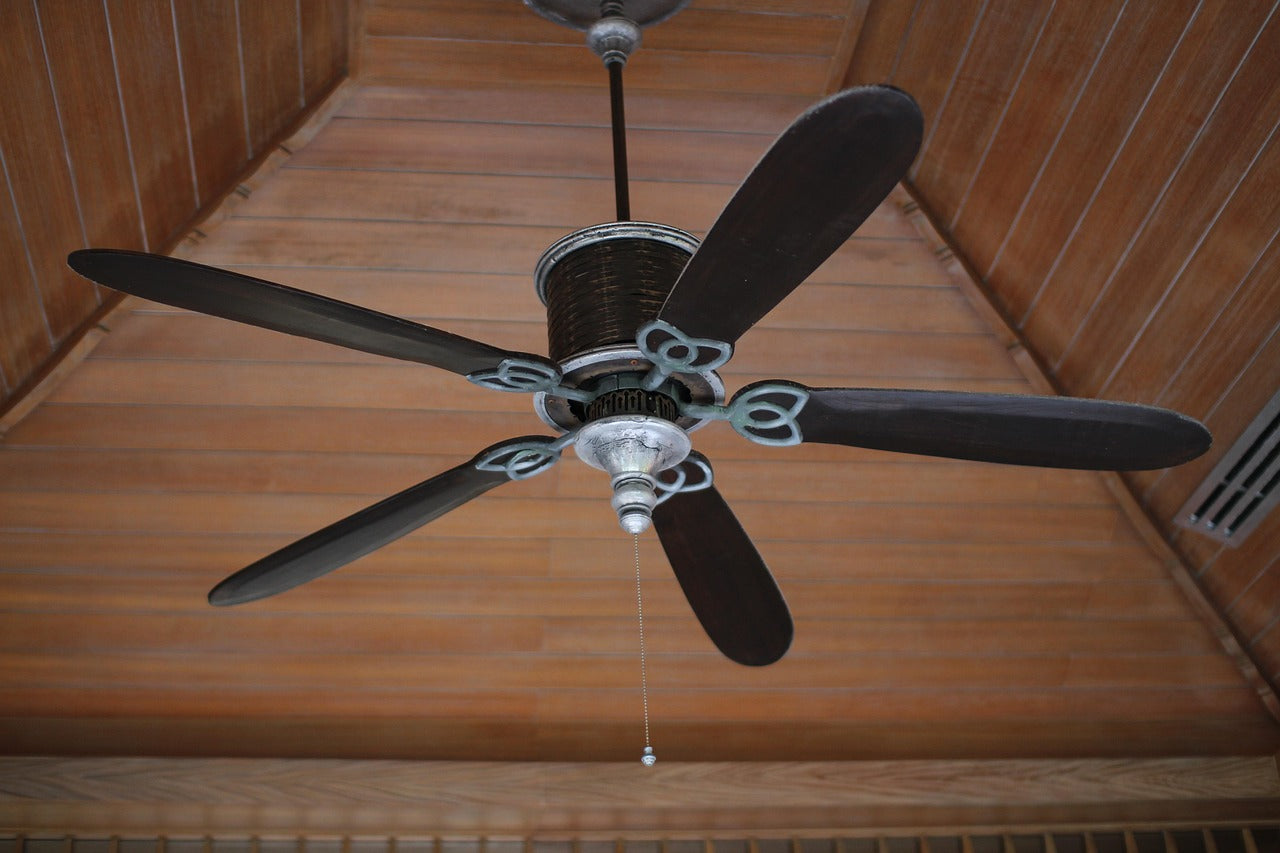
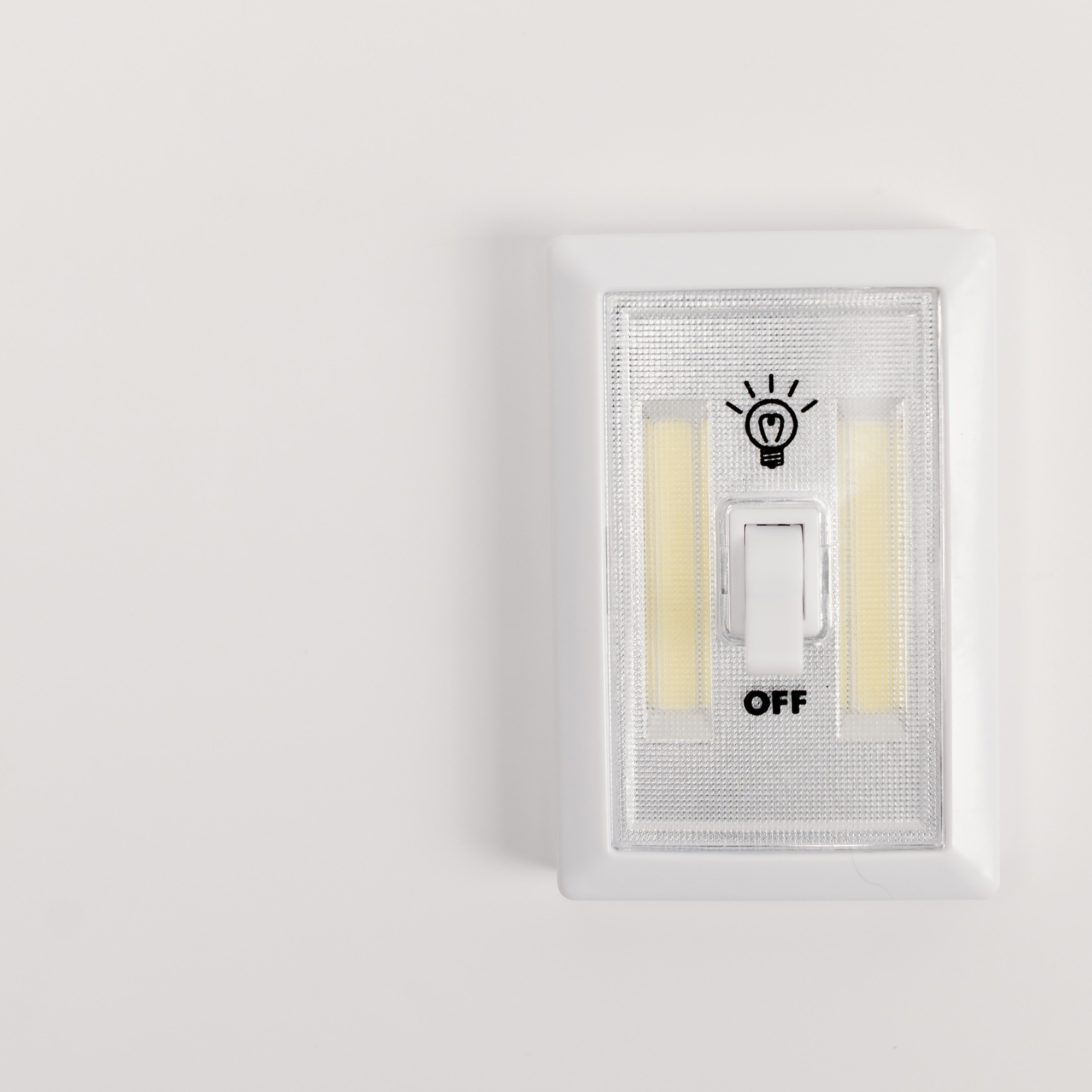


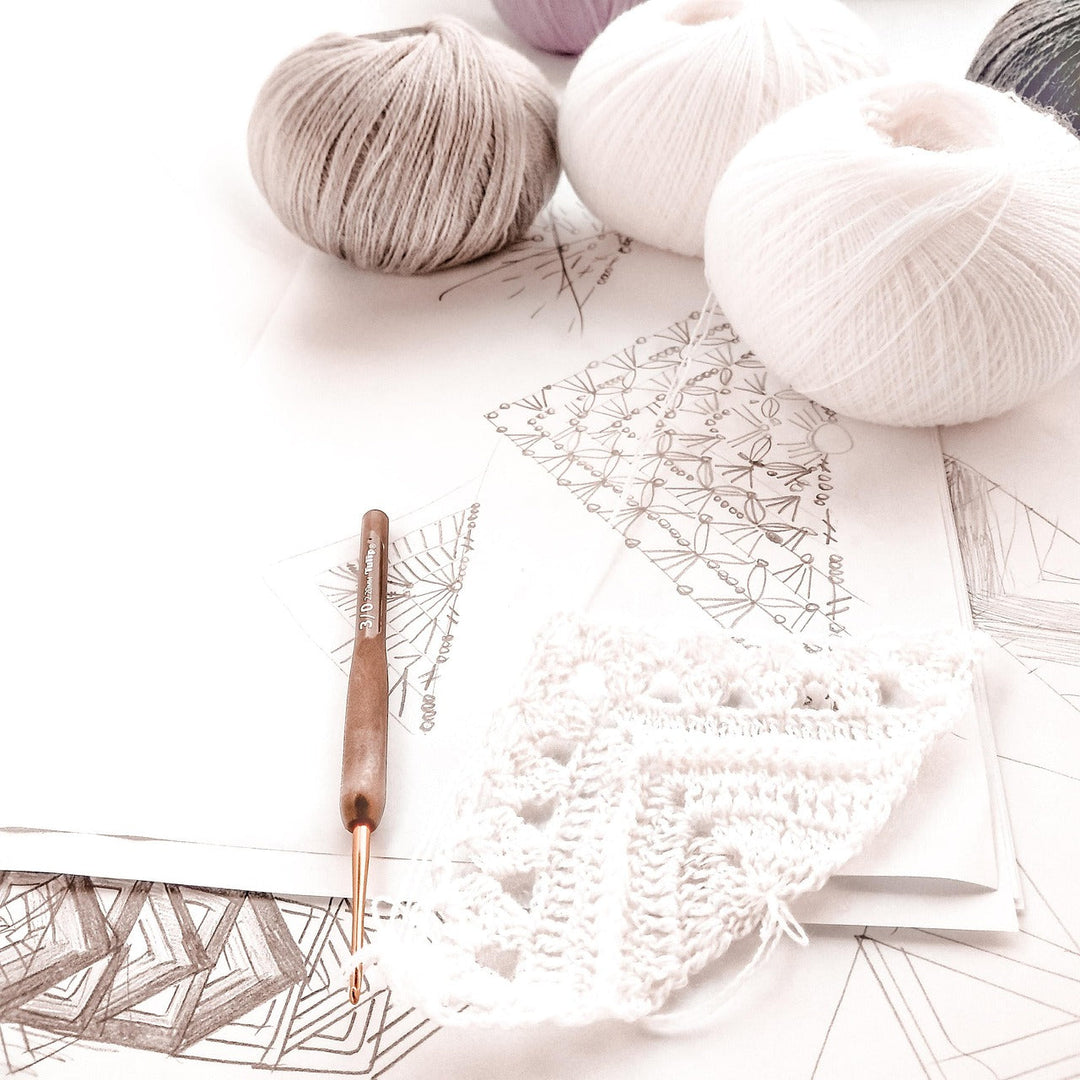
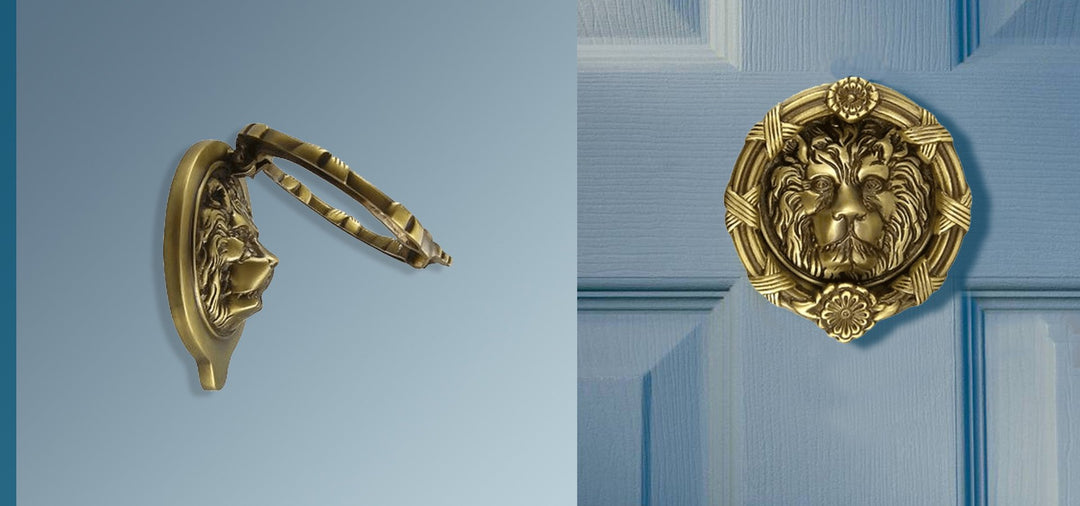
Leave a comment